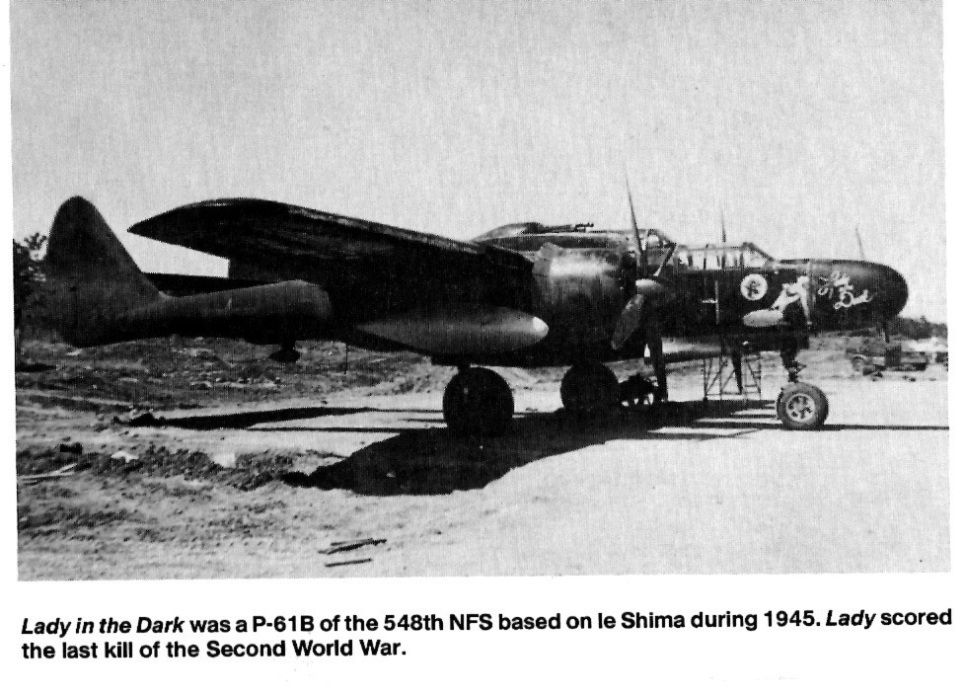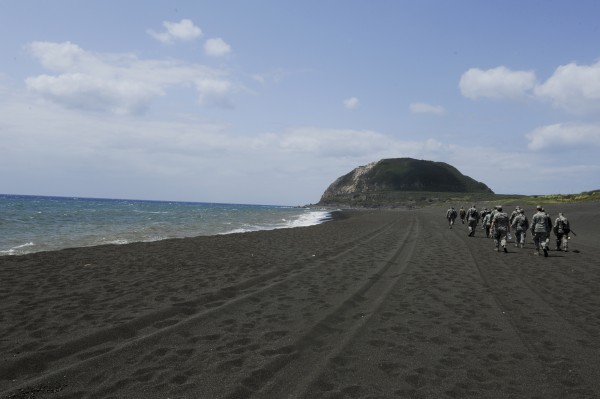I also noticed that the egg-shaped antenna that goes on the pod underside relies on a cutout to fit...but the instructions never tell you to open up the spot required on the pod halves. I removed the little mount tab so it would sit flush and added it (the instructions also erroneously label it as part F55, there are two different ones on the F sprue to choose from, F60 or 61) flush to the underside halfway between the little smaller antenna and the radar operator's access hatch. Speaking of that hatch, it was also installed along with the ammo access doors for the 20mm gun bay.
EDIT: I was flipping through reference photos in the Squadron In Action book for something else on this build and it suddenly jumped out at me that the little egg-shaped antenna wasn't present on the underside of any of the P-61 variants pictured and the photos of one of Lady in the Dark's squadron mates, The Spook, clearly shows a 'clean' profile on the pod behind the hatch. So that got me wondering, and I found this photo of Lady in the Dark captioned as being on Ie Shima in 1945.

It shows an egg-shaped antenna, but on the boom, not the pod! That would explain, I guess, why there are 2 in the kit but they are never mentioned in the instructions. I'm guessing they took the place of the blade antennas at some point that are on each boom, but not 100% sure as the reference book never shows them or mentions them. So with that now known, I removed it from the pod and sanded it back clean.
Next major item on the list is the twin tail booms. I used liquid glue to join the boom halves together starting at the front and working my way back using finger pressure along the way to get a solid join. I did a quick check with the main landing gear and it's just possible to slide the gear in and out of the pin slots, so that will make life a lot easier from a painting/finishing standpoint. Rudders were assembled around the hinge points on each boom and I also added the PE intake screens to the undersides of each boom. Light sanding on the join seams was all that was needed to clean them up.
Time for the big plunge, adding the booms to the wings. It's important to keep the booms straight so that they attach to the correct wing so I had marked the tops of the gear bays so I could double-check that with the instructions before committing to the glue. Regular glue was applied to the engine nacelles so I could adjust the fit with the wing and then liquid glue was applied around the exterior of the seam to get it all solid. After holding it together with finger pressure so the glue could grab, I added a rubber band to the rear of the wing where it meets the boom for some extra help. There's a small gap on each wing in that area that will need some putty attention to fill but nothing too serious.
The P61 is a big bird, once the pod is added it's going to be fun handling it for both painting and photos!

